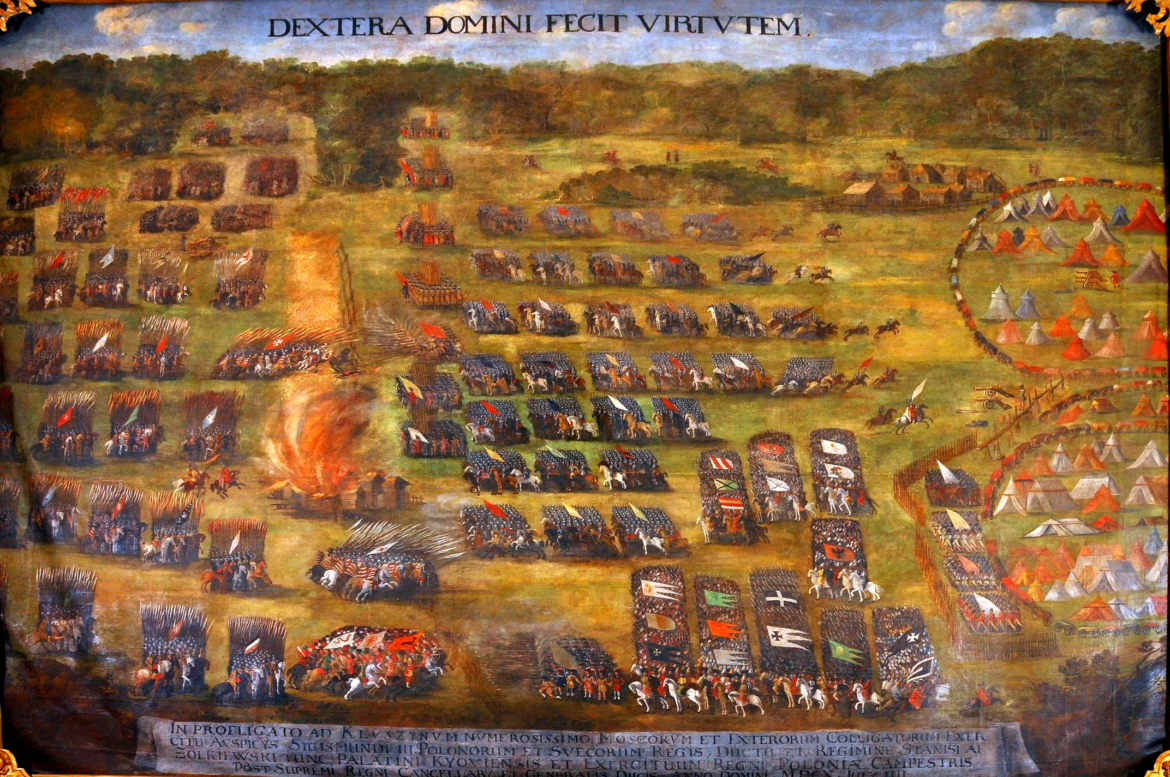An army led by a great Polish commander, Stanislaw Zolkiewski, defeated the more numerous Moscow-Swedish troops at the Battle of Klushino. This paved the way for the Polish entry into Moscow.
The Battle of Klushino, which took place on 4 July 1610, was part of a wider conflict between the Polish-Lithuanian Commonwealth (the combined state of Poles and Lithuanians) and the Muscovite state. The goal of the Poles and Lithuanians was to rule Smolensk, which was the gateway to the central lands of their state. Nevertheless, it did not go unanswered by Moscow fiercely competing for these territories.
Moscow was not alone in fighting the Poles. It was supported by Swedish troops, due to the fact that the Polish king Sigismund III Vasa (a Swede) was at that time claiming the throne in Stockholm.
Number of troops
Estimates are stated that between 2,700 and 7,000 soldiers fought for Poland, while the Muscovite state may have amassed between 15,000 and 40,000 soldiers. The quantitative advantage on the Moscow-Swedish side was therefore significant. As it turned out, however, the Poles had battle-hardened soldiers of high morale, as well as squads of extremely effective hussars (heavy cavalry) and an excellent commander – Stanisław Żołkiewski, Field Hetman of the Crown.
First, to crush the Muscovite army
The Hetman decided to hit the more numerous but less armoured and trained Muscovite army first. The Hussars made numerous charges (some experts say as many as 10), which made it seem to the enemy that the Polish troops were more numerous than they actually were. When Moscow was successfully defeated, the pursuit of the fleeing troops began.
At the same time, Zolkiewski’s forces were engaged in a fierce battle with the Swedish troops. When the Swedes were successfully repelled, the field was created for the use of Polish cavalry. Zolkiewski ordered a pause in the pursuit of the fleeing Muscovite troops and started the assault on the Swedes, which shattered their defences.
Free way to Moscow
The Poles lost around 100 men. On the Swedish side, 700-800 soldiers fell and the Muscovites lost between 1000-2000 men.
Victory at the Battle of Klushino paved the way for the Poles to reach Moscow, which they entered from 20 to 21 September 1610.





